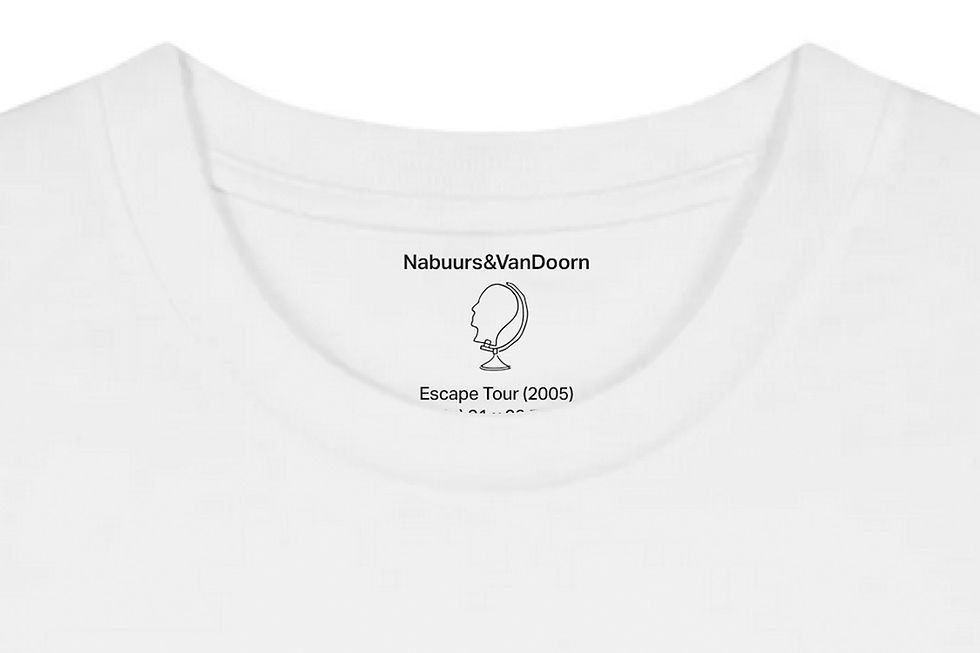Paintings in Trees: Looking for an Audience in the Woods
- Nabuurs&VanDoorn

- Jul 4
- 2 min read
Updated: Aug 25
In search of new audiences, we’ve taken a bold step: bringing our art out of the white cube and into the wild. Where landscape painters once translated nature onto canvas, we now try the reverse—bringing our canvases back into nature.

No stretched frames. No gallery walls. Just painted cloth, rolled up and carried under our arms, ready to be draped over tree branches like temporary banners of another reality. Could passersby be lured into looking? Could art in the woods spark fresh ways of seeing?
We began in a nameless little forest along the Graafseweg in Boxmeer—a place we used to visit in our youth to run and play. Memory flooded the path as we walked, looking for branches. But it proved harder than expected. We needed the right kind of limbs: horizontal, strong, not too many offshoots, and ideally a few together in one field of view.
We wandered, experimented. It was early July, hot, quiet. The only visitor was a lone woman walking her dog. She passed by one of our hanging works without noticing it. Instead, she said, “You’ll think I’m strange, but I was feeling the ground to see if it’s too hot for my dog’s paws.” Then she walked on, unaware a painting fluttered just above her.
Clearly, this forest wasn’t the place. Not enough eyes. We needed more passersby—people not in their daily routine but open, curious. We remembered the Overloonsche Duinen, where we used to cycle to school as children. Tourists go there. More feet, more chances. We went.

We installed paintings in various spots along the trail. A few cyclists. A yoga class. But again—no one noticed the work. The forest itself seemed too complete, too full. Was nature so present that our strange gestures simply disappeared into it?
What kind of nature, then, is suitable for showing art? Should it be less immersive, more interrupted? Or do we just need more people—recreational ones, ready to look, not merely pass through?
That brought us to Camping Schaartven in Overloon. We spoke with the owner, told him about our plan to create an outdoor exhibition of contemporary art. He loved it. Had ideas. Encouraged us to try.
We scouted the campground for trees, but no luck. Then the caretaker suggested we walk the loop around the lake—a favorite pastime of guests.
So off we went. Eventually, we found a small public beach and settled down to observe. A fallen tree caught our eye—its limbs ideal for installation. We began hanging work again.
This time, people noticed. Not the paintings, though—us. They smiled, glanced, and quickly looked away when we tried to engage. They enjoyed our performance.

What Does It Take to Be Seen?
This question lingers: What conditions must nature meet for art to be seen within it? Or perhaps the real question is: What conditions must the audience meet?
We are still searching—for branches, for eyes, for the right in-between place where attention can shift, just enough, and someone will look up. And see.
Supported by Provincie Noord-Brabant



Comments